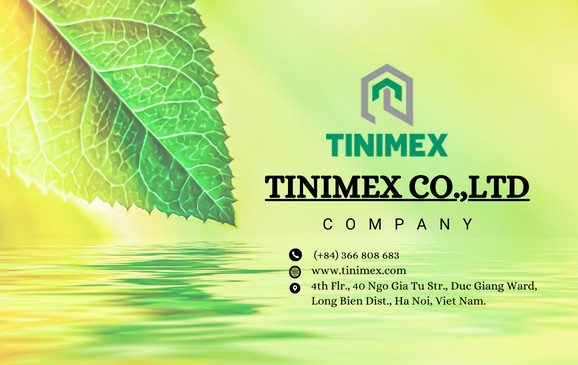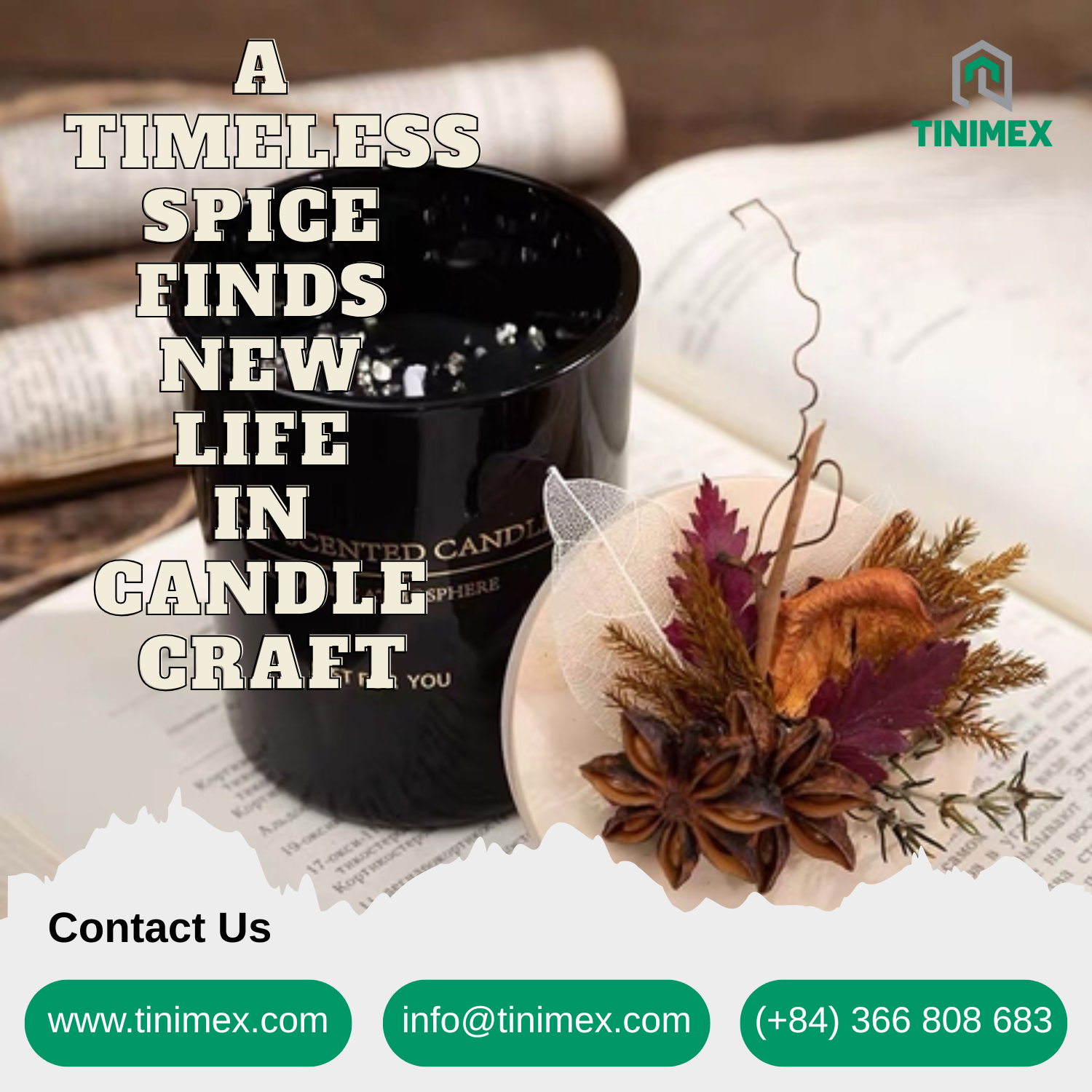Spring Star Anise vs. Autumn Star Anise: A Comprehensive Comparison
The Allure of Vietnamese Star Anise
In the lush mountainous regions of northern Vietnam, two distinct harvest seasons produce two remarkable varieties of star anise: Spring Star Anise and Autumn Star Anise. While both types share the botanical origins of Illicium verum, they differ significantly in aroma, oil content, applications, and market value.
Understanding these differences is crucial for industries ranging from food and beverage to pharmaceuticals and cosmetics.
This article delves deeply into the unique characteristics of Spring and Autumn Star Anise, offering insights into why each holds a special place in global commerce and natural health industries.
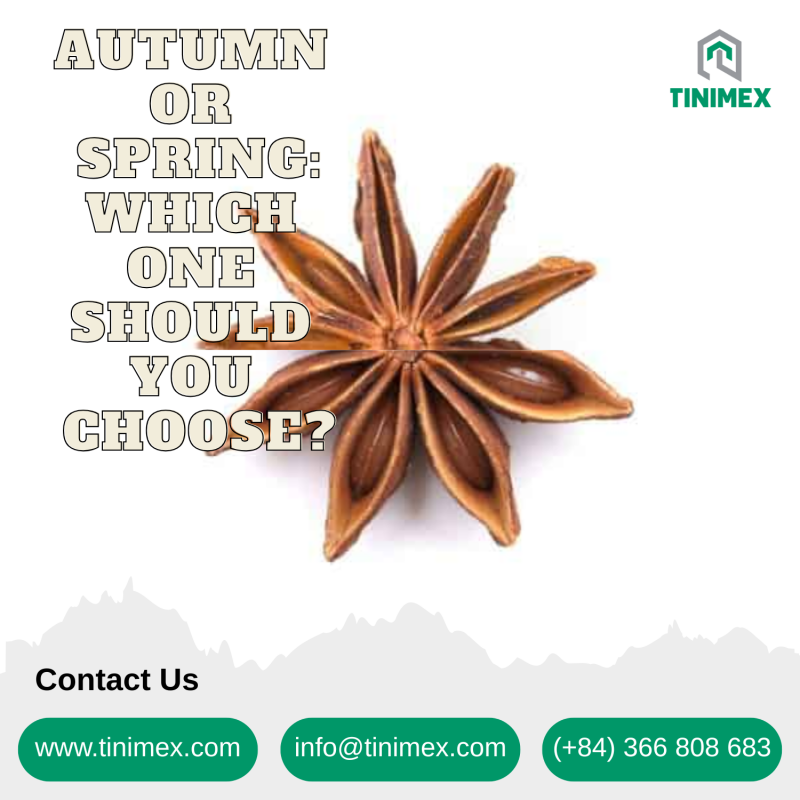
Botanical Background and Cultivation Cycle
Both Spring and Autumn Star Anise are harvested from the same species, Illicium verum. However, the timing of harvest creates distinct profiles.
-
Spring Star Anise is harvested between March and May, during the mild, humid months of early Vietnamese summer. The buds are often lighter in color and more delicate in structure.
-
Autumn Star Anise, on the other hand, is collected between September and November, benefiting from months of strong sun and maturing conditions, resulting in larger, richer-colored fruits.
The timing of harvest impacts not only the fruit’s appearance but also its chemical composition, oil concentration, and aromatic strength.
Visual and Sensory Differences
The first noticeable distinction lies in their physical attributes and aroma:
| Feature | Spring Star Anise |
Autumn Star Anise |
| Appearance | Smaller, lighter brown, thinner pods | Larger, dark brown, thick, full-bodied pods |
| Aroma | Light, fresh, floral | Deep, intense, spicy |
| Taste | Subtly sweet, mild licorice note | Strongly sweet, rich licorice |
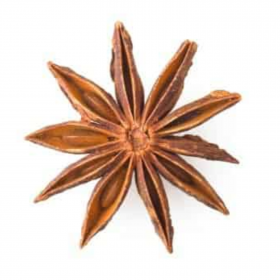 |
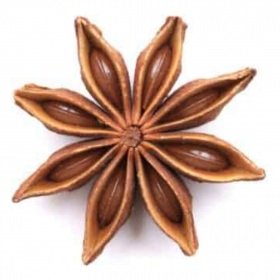 |
-
Spring Star Anise presents a more delicate aesthetic, often favored in high-end teas, cosmetics, and aromatherapy products where a lighter fragrance is preferred.
-
Autumn Star Anise boasts greater visual fullness and a richer aroma, making it the preferred choice for culinary use and essential oil extraction.
Essential Oil Content and Quality
Essential oil extraction is a critical factor in determining the value of star anise for industrial purposes.
-
Spring Star Anise tends to have lower essential oil content, but its oil is prized for its refined, clean scent. It is ideal for delicate applications such as perfumery, natural skincare formulations, and therapeutic blends.
-
Autumn Star Anise offers a higher yield of essential oil, with a robust concentration of anethole, the primary compound responsible for its sweet, licorice-like aroma. This makes it the top choice for flavoring agents, cooking, and medicinal extractions.
On average, Autumn Star Anise can yield 6–8% more oil compared to Spring Star Anise, making it more economically advantageous for large-scale extraction operations.
Applications and Industry Preferences
Culinary and Beverage Industry
-
Autumn Star Anise is a key ingredient in global kitchens, especially in complex spice blends such as Chinese Five-Spice Powder and Vietnamese Pho broth.
-
Spring Star Anise, with its lighter profile, is increasingly used in premium herbal teas and infusions for a more subtle aromatic experience.
Pharmaceutical and Health Sector
-
Autumn Star Anise is critical for the production of Shikimic Acid, the key precursor for antiviral drugs like Tamiflu.
-
Spring Star Anise is preferred for therapeutic aromatherapy oils due to its mildness and cleaner fragrance profile, beneficial for emotional wellness products.
Cosmetics and Personal Care
-
Spring Star Anise shines in high-end natural skincare formulations, where a soft, pleasant scent is important.
-
Autumn Star Anise is also used in cosmetic products but mainly where antimicrobial benefits are needed alongside a stronger scent.
Market Position and Export Value
-
Autumn Star Anise commands a higher volume demand globally, particularly in the food, pharmaceutical, and essential oil sectors.
-
Spring Star Anise, while a smaller niche market, often fetches higher per-unit prices due to its superior quality for luxury and therapeutic markets.
Vietnam remains the world’s leading exporter of both types, with Autumn Star Anise making up the majority of bulk exports to countries like China, Germany, and Japan, while Spring Star Anise is increasingly sought after in Europe and North America for boutique health and wellness products.
Sustainability and Farming Challenges
Both types face similar environmental challenges:
-
Climate variability can disrupt flowering and fruiting cycles.
-
Sustainable farming practices are essential to maintain soil health and fruit quality, especially with growing international demands.
-
Spring harvests are more sensitive to unpredictable rain patterns, which can affect the flower yield.
-
Autumn harvests, while more robust, require careful timing to maximize oil content and avoid early fruit drops.
Farmers and cooperatives in Vietnam are increasingly adopting organic and sustainable cultivation methods to ensure consistent quality and meet the stringent requirements of export markets.
Conclusion: Choosing Between Spring and Autumn Star Anise
While Spring and Autumn Star Anise originate from the same plant, their differences are profound and consequential:
-
Choose Spring Star Anise for its refined aroma, luxury wellness applications, and cosmetic uses.
-
Choose Autumn Star Anise for robust flavoring, higher essential oil extraction, and pharmaceutical manufacturing.
Both varieties represent the extraordinary biodiversity of Vietnam and showcase the intricate relationship between nature, tradition, and modern industry.
For businesses, chefs, health practitioners, and artisans alike, understanding these differences allows for better product development, more informed
purchasing decisions, and deeper appreciation of this ancient, star-shaped gift from nature.
Our contact:
Dc: 4th Flr., 40 Ngo Gia Tu Str., Duc Giang Ward, Long Bien Dist., Ha Noi, Viet Nam
Hotline: (+84) 366 808 683
Mail: info@tinimex.com
Website: www.tinimex.com
